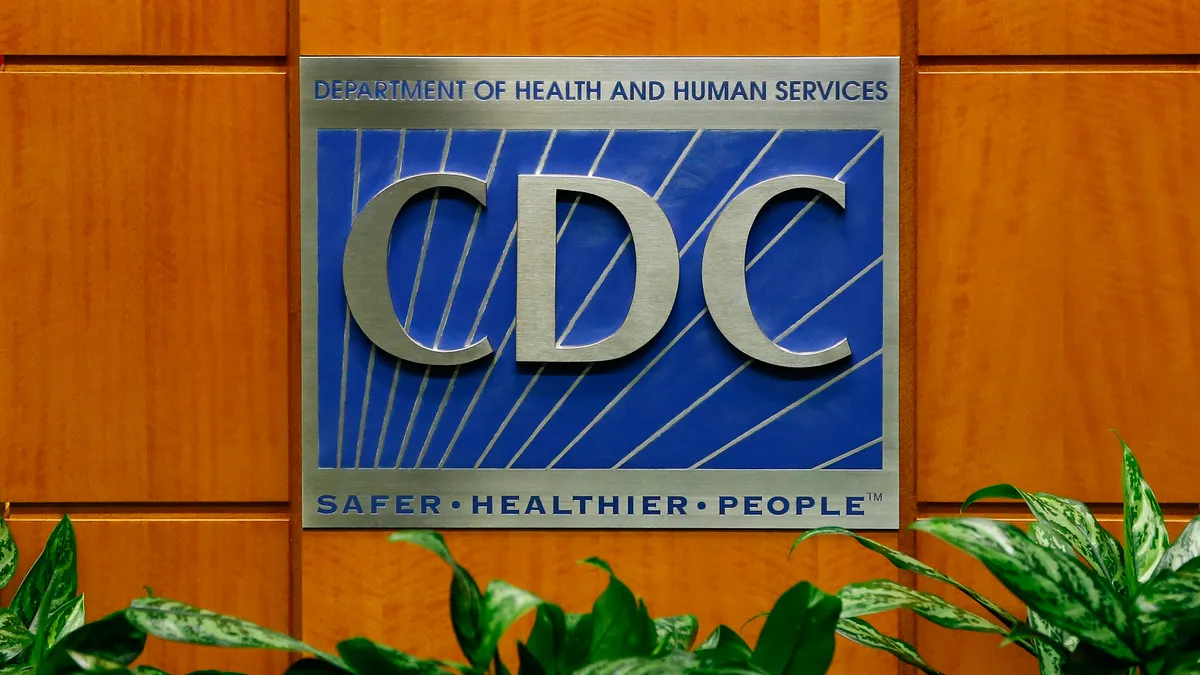CROs and other clinical services companies have positioned themselves to be valued partners to biopharma companies. The executives of these companies are charged with not only setting the strategic direction for their organization but setting the pace for innovation to make the clinical trial process more seamless, less costly, and better matched to patients’ needs.
Leo Sheridan
Advanced Clinical
Maintaining Business Continuity
Our leadership team is focused on continuing to grow our business and support our employees, consultants, and clients from the pandemic-related disruption of last year.
As leaders, we have been forced to reimagine the typical workday as we juggle the demands of business and personal obligations. We know it’s important to maintain business continuity in addition to supporting the well-being of our team, so our leadership works tirelessly to ensure they have the tools and resources needed to deliver flexible services in a remote setting.
Enhanced Collaborations
The pandemic has forced the clinical research industry to integrate digital health technologies into study design due to travel restrictions and to increase patient participation. With the rapid increase in hybrid and decentralized trial designs, there is now more opportunity for CROs to work more collaboratively with sponsors, sites, technology vendors, and patients to accelerate lifesaving treatments to market in a more efficient manner. The ideal combination of digital health tools, varying data sources, AI, people, and processes to help our industry design smarter protocols, enroll more patients, and increase approval success are still being determined, but we are excited to be part of the conversation.
Meeting Unmet Medical Need
In addition to virtual and hybrid clinical trials, and considering the healthy fundraising environment in drug development, many mid-sized and large CROs remain in a competitive position to grow while maintaining a stable operating environment for their clients and employees. As a privately held company, we believe that one of our differentiators is our ability to embrace our strong mid-market position and continue our organic growth plans. Our mid-market clients remain the most innovative segment in the industry with leading advances in areas of unmet medical need. We have an opportunity to serve as a stable and credible partner to help our clients succeed and also to provide opportunities for our employees for learning and career growth.
Damien Tremolet
IDDI
Managing Growth
My primary challenge for 2021 is to manage the growth we experienced in 2020 and to develop new drivers. We are currently in the process of a huge recruitment drive to hire biostatisticians and data managers and are also seeking to implement new tools to better train our teams and streamline our processes to consistently improve the quality of our work.
Our aim is to keep investing in research and development to advance new disruptive services and continue to exceed both our customers’ and employees’ satisfaction in 2021 and beyond.
Faye Woolf
Aperio Clinical Outcomes
Getting Back to Business
Many studies and programs were put on hold in 2020 due to COVID. With vaccine rollouts and the industry understanding the advanced mitigations needed to keep projects moving forward, I foresee a tsunami of study activity that will need to have been accomplished yesterday. This will impact sites — some of which continue to suffer from staff shortages and layoffs, vendors, and any services responsible for study deliverables.
We’re already seeing a flood of activity both from new and existing sponsors and have to be conscious of continuing controlled growth without sacrificing quality no matter the level of potential revenue. It will be important for the industry as a whole to make sure quality doesn’t suffer as a result of increased demand.
Adapt and Adopt
The silver lining from COVID-19 is that it has forced our industry to adapt and adopt some much-needed changes. Before COVID, implementation of risk-based quality management (RBQM) was an uphill battle. We are now seeing sponsors embrace the process, and I think the industry as a whole has come to see the value in RBQM after COVID-19 — they needed it for their studies to survive.
Another opportunity is the shift to true patient-centricity and evaluating protocols with decentralization strategies in mind via things like e-consents, telehealth, home visits, etc. Every day I see new technologies that allow us to make clinical trials more accessible, more efficient.
I’m excited to see how we make the most of these technologies and services, and at the same time not place extra burden on sites or on study budgets.
An Industry Evolution
For me, the big trends are using data to drive decisions that focus on patient safety and primary endpoints, using data wisely to continuously analyze risks, as well as technology and trial decentralization. COVID-19 made study teams evaluate risks to endpoints and patient safety.
I think the industry has had a lightbulb moment in understanding the importance of RBQM/centralized monitoring. This enables all of us to focus on priority data and priority sites, which became critical when trials were disrupted by COVID-19.
Those of us who had already implanted RBQM strategies were a step ahead. This can go hand in hand with trial decentralization — in the end, it’s about meeting endpoints. In evaluating those endpoints, would technology or decentralization reduce those risks, make data collection more efficient? It’s fascinating to see it all work together and be a part of this industry evolution.(PV)

















